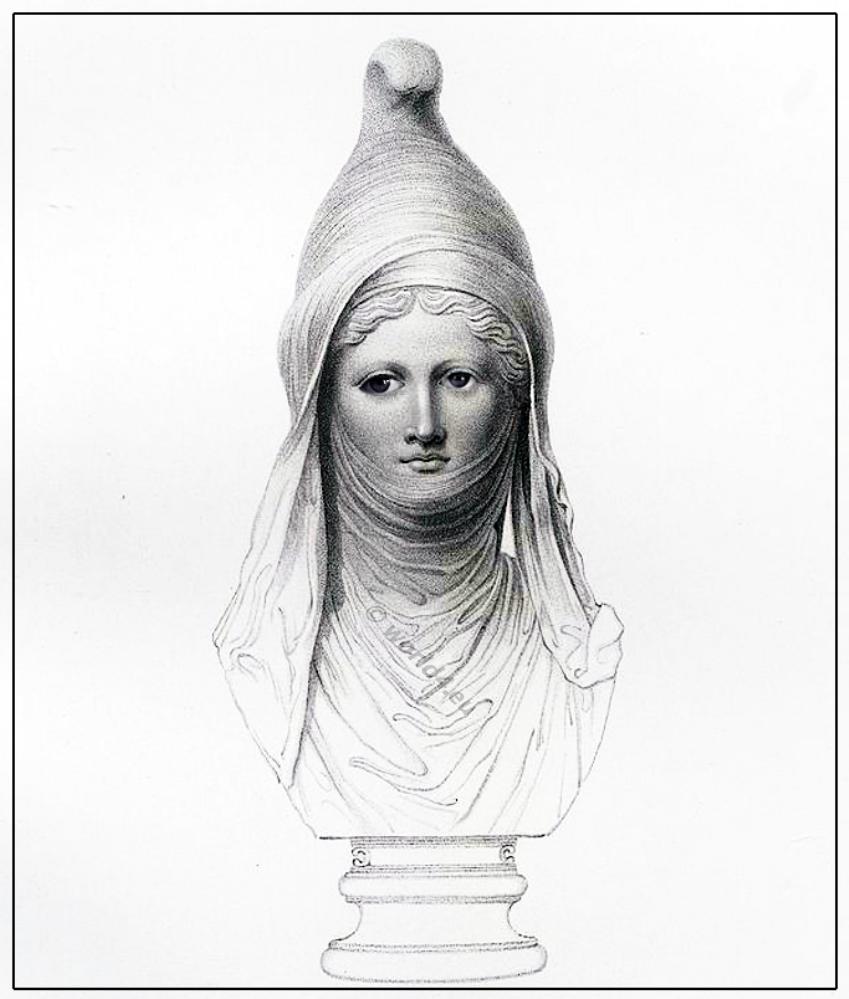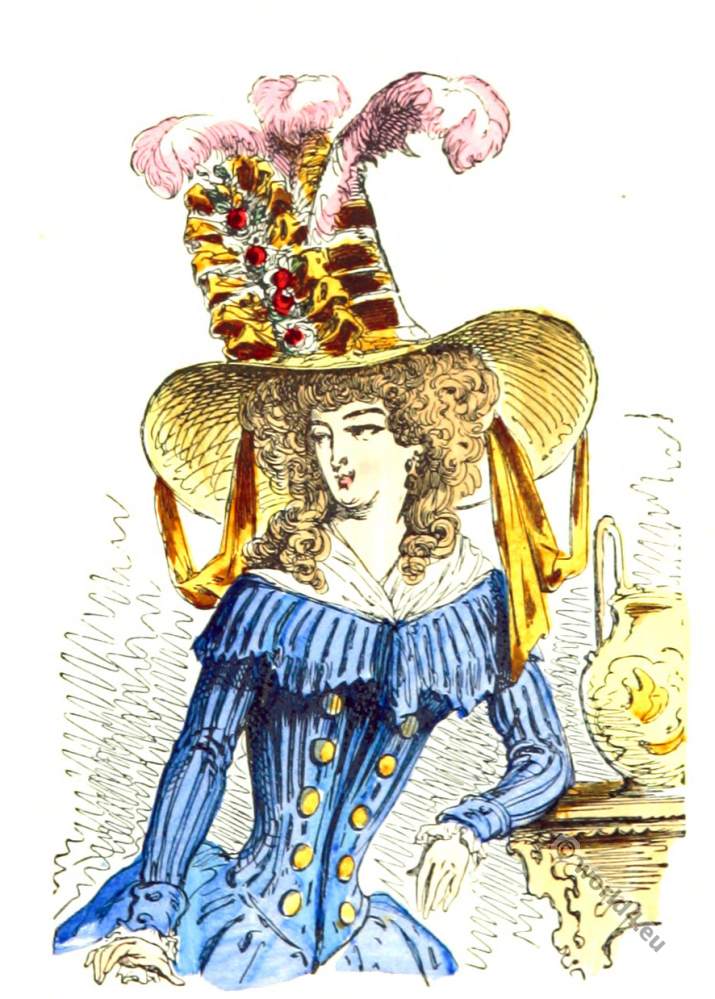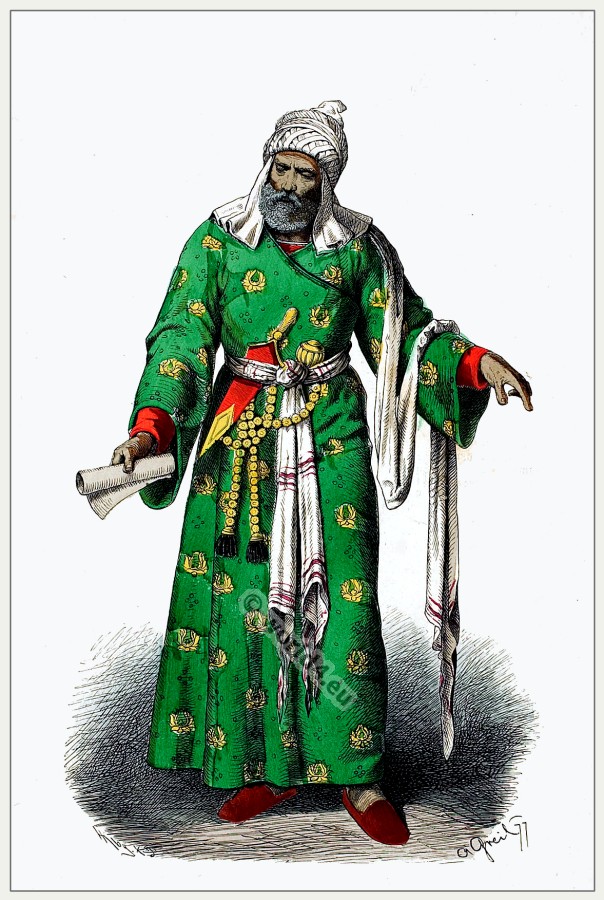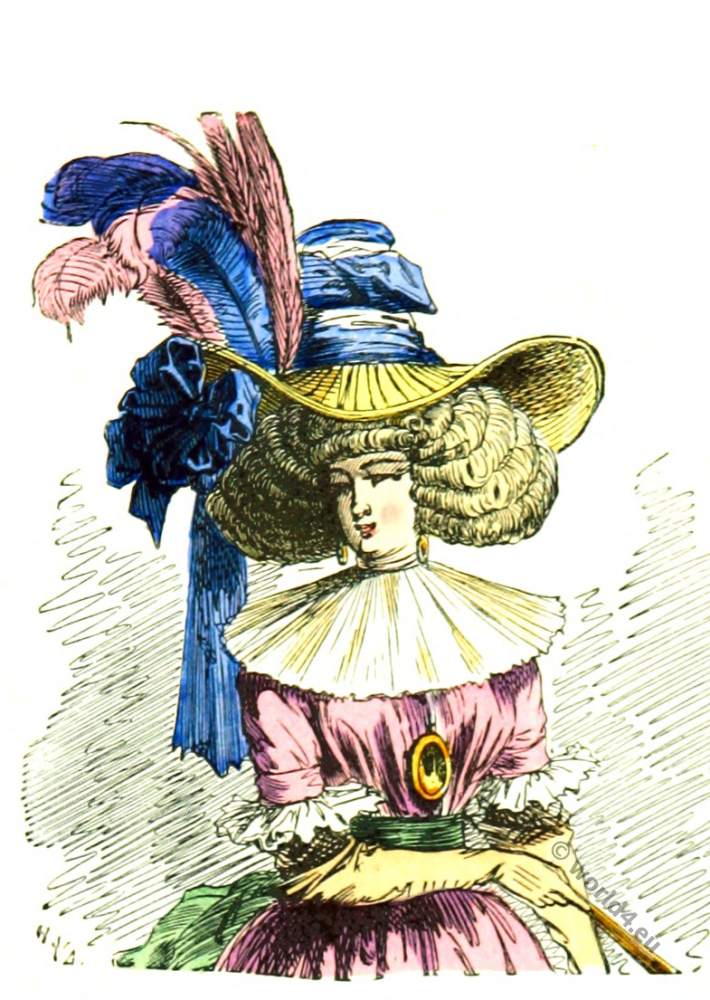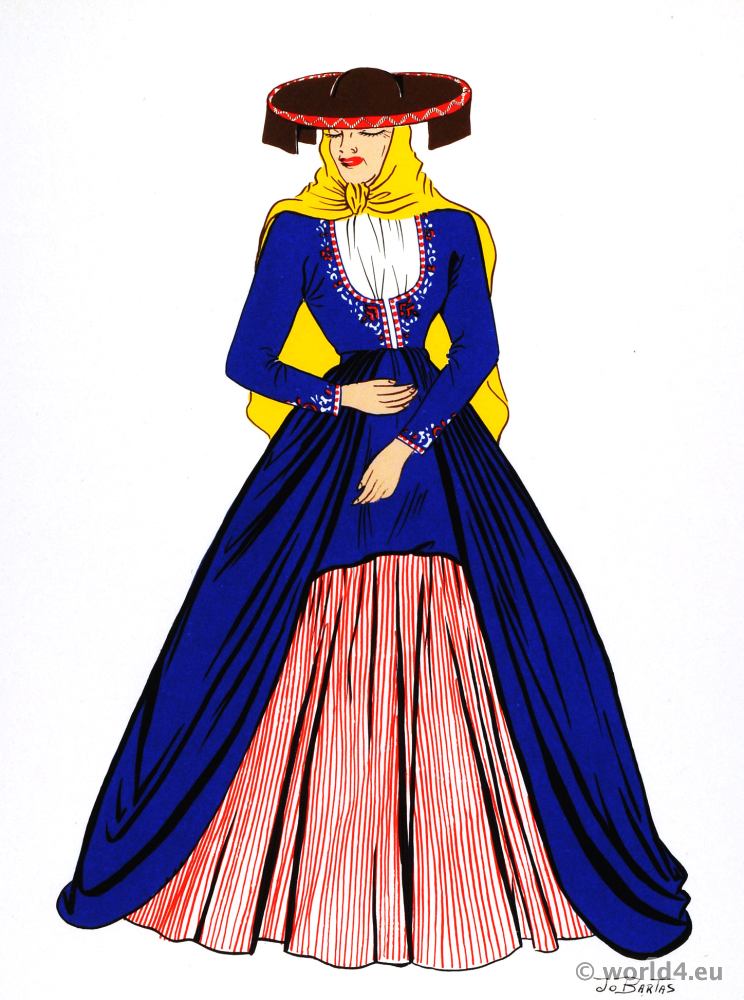Asiatic Female with head-dress Cidaris.
Bust of a female or effeminate person, wearing a cap, with a veil thrown over it, and hanging down on each side of the face upon the shoulders. The chin, throat, and breast are also closely wrapped in thin and semitransparent drapery. The face, like that of the youthful Bacchus, partakes of the beauty of both sexes.
This bust has been explained as that of Adonis, who is supposed, from the peculiarity of the drapery, to be represented during the period of the year which he passed in Hades; an idea which is in some degree confirmed by the fact that Jupiter, when portrayed as the Ruler of Hades, is often found with a veil. There is, however, a difficulty in accepting this attribution, arising from the character of the features, and from the formally-parted hair, which seem both to indicate a female subject.
The head-dress is essentially of Eastern origin, and the cap is analogous to that which is considered peculiar to the Phrygian and Persian races. The veil appears as if it had just been lifted up, and the antique portion of the drapery exhibits some resemblance to that of the so-called Venus Architis in the British Museum.
Similar caps may be seen on the head of Atys in the same collection — on the Ganymede at Paris — on representations of Amazons on painted vases — on figures in Mithraic groups – and on the Persians who are introduced in the great mosaic from Pompeii, supposed to represent one of the battles of Alexander the Great.
The technical name for this head-dress is Cidaris, a word of Persian origin; and it may be remarked that, while the tiara of the monarch appears erect, those of the subject population, being generally soft and flexible, fall in front or on one side. We should therefore be inclined to regard this bust as a portrait of some young and beautiful Asiatic woman; though there are no distinctive marks sufficient to assign it to any known person.
The legend of Adonis is well known. According to Apollo-dorus, he was the son of Cinyras and Medarme; according to others, of Phoenix and Alphesibœa — or of Theias, a mythical king of Assyria, and his own daughter, Smyrna. The story was, that on the birth of Adonis, a dispute arose between Aphrodite and Persephone, who were both captivated by his beauty. This dispute was decided by Zeus, who declared that during four months of each year Adonis should be left to himself, during four should belong to Persephone, and during the remaining four to Aphrodite. He is said to have died from a wound received from a boar during the chase. Various versions of this tale may be found in Hyginus and the other mythographers.
The worship of Adonis, which in later times spread along the borders of the Mediterranean, was of Asiatic, perhaps of Phoenician, origin. Aphrodite was in the Oriental religion regarded as the fructifying principle of nature, and the legend of Adonis may be held to refer to the decay of nature in the winter and its revival in the spring. According to some writers, however, Adonis was but a form of Bacchus in the lower world. His death and return to life were celebrated by annual festivals at Byblos, Alexandria in Egypt, Athens, and other places.
It may be remarked that a head in some degree resembling the present sculpture occurs at the bottom of the glass vase commonly called the Portland Vase, which was formerly in the Barberini collection. There, however, the veil does not cover the chin, or even the whole of the neck.
This bust was formerly in the Villa Montalto at Rome. It has undergone considerable restoration; the nose, and the descending folds of the head-dress on each side, with all the drapery below the chin and round the neck and breast, are modern. It is in Parian marble, and its height, independently of the pedestal, is 2 feet 3 inches.
Source: A description of the collection of ancient Marbles in the British Museum by Combe Taylor, London 1861.
Related
Discover more from World4 Costume Culture History
Subscribe to get the latest posts sent to your email.

